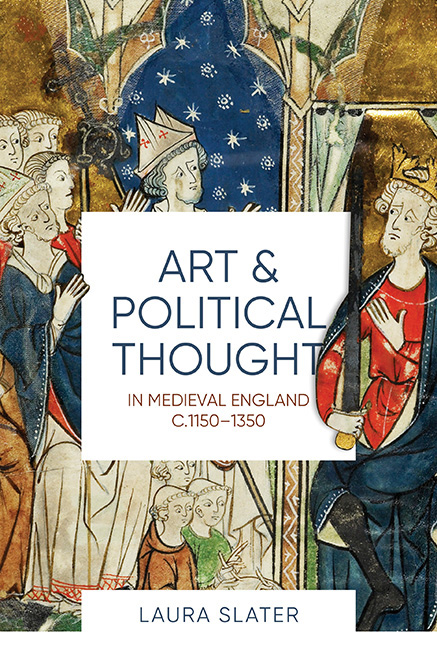Book contents
- Frontmatter
- Dedication
- Contents
- List of Illustrations
- Acknowledgements
- Abbreviations
- Introduction
- 1 Imagining Power in Angevin England
- 2 From the Clerics to the Court, c. 1200–1250
- 3 The Barons’ War and the Dreams of Reformers
- 4 Visions of Government during the Three Edwards
- Conclusion
- Bibliography
- Index
- Already Published
- Frontmatter
- Dedication
- Contents
- List of Illustrations
- Acknowledgements
- Abbreviations
- Introduction
- 1 Imagining Power in Angevin England
- 2 From the Clerics to the Court, c. 1200–1250
- 3 The Barons’ War and the Dreams of Reformers
- 4 Visions of Government during the Three Edwards
- Conclusion
- Bibliography
- Index
- Already Published
Summary
In the final decade of the twelfth century, a resentful careerist cleric, disappointed by his failure to obtain an English bishopric despite many years in royal service, began to draft a guidebook to good princely rule. De Principis Instructione (‘On the Instruction of Princes’) was composed of three books, the first containing ‘the doctrine and precepts as to the instruction of the prince’ and the second and third teaching ‘the reason of this rule by examples’. This, at least, is what Gerald of Wales tells us he intended to write. The completed text is an amalgam of didactic writing and keen diatribe against Angevin power, the majority of De Principis consisting of a splenetic homily on the reign of Henry II. Dedicated to Louis of France, it was circulated during the 1215–17 civil wars to drum up support for King John's replacement by the Capetian king.
In book three, chapter twenty-six, Gerald describes how a blank space in the King's Chamber at Winchester Castle was decorated at Henry's command with an image of four eaglets attacking their parent: ‘two on the two wings and the third on the breast, piercing their parent with their claws and beaks; and the fourth eaglet […] poised on its parent's neck, watching intently for a chance to peck out its eyes’. The king explains to his attendants how they symbolise his four sons ‘who will not hesitate to harry me even unto death’. Allusions have also been suggested to his wife, Eleanor of Aquitaine, in her guise as the ‘eagle of the broken covenant’ foretold in the prophecies of Merlin. Separate to the story's value as a literary device, George Henderson observes that the painting could have plausibly depicted the bestiary subjects of either Pelicanus (the pelican) or Epopus (the hoopoe).
According to the bestiary, after being viciously attacked by its offspring, the pelican defeats and kills its own children. It then pierces its side and sheds its blood on its dead young to revive them, a redemptive action clearly symbolic of the Passion and Resurrection of Christ. Again echoing the Resurrection, the children of the aged hoopoe were thought to pluck its feathers and lick its eyes to rejuvenate their parent. The bestiary's moral lesson in filial piety was ingeniously subverted at Winchester once the image became a figure for Henry II and his rebellious sons.
- Type
- Chapter
- Information
- Publisher: Boydell & BrewerPrint publication year: 2018

